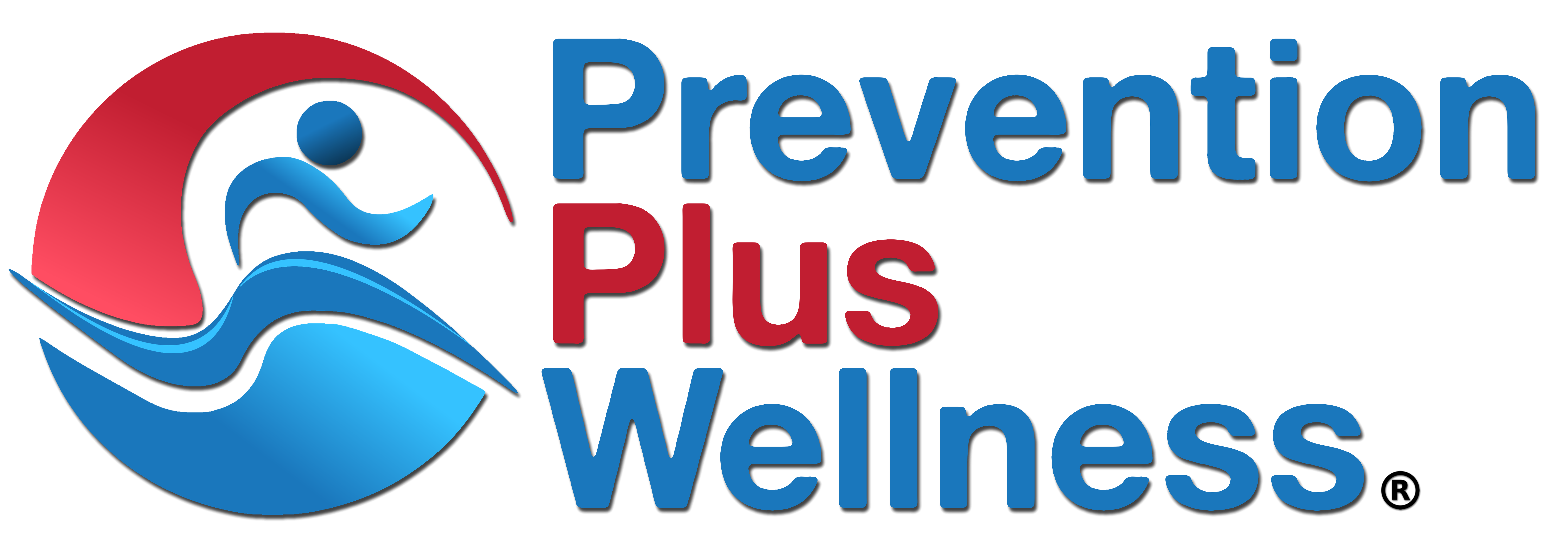Today’s substance use prevention specialists know that to be effective it takes more than just providing risk messages to protect and improve the mental and physical health of youth and young adults.
For that reason, I listed a few resources for prevention and health professionals, coaches, and parents to promote youth physical activity, healthy nutrition and sleep known to enhance wellbeing and prevent substance use among young people.
Physical Activity, Sports & Recreation
National Recreation Foundation: https://www.nationalrecreationfoundation.org/who-we-are/
The National Recreation Foundation is dedicated to enhancing the role of recreation as a positive force in improving the quality of life of youth. We do this by investing in recreation programs serving those who are economically, physically or mentally disadvantaged.
Youth Sports at Park & Recreation Agencies National Recreation and Park Association, 2020: https://www.nrpa.org/publications-research/research-papers/youth-sports-at-park-and-recreation-agencies/
Park and recreation professionals and their agencies are major providers of both organized and unorganized sports program facilities across the nation. They offer safe spaces where kids can play together, build new relationships and learn about teamwork. They also serve all community members, including youth from under-resourced neighborhoods and/or households that cannot afford participation on other sports teams.
Presidential Youth Fitness Program: https://health.gov/our-work/nutrition-physical-activity/presidents-council/programs-awards/presidential-youth-fitness-program
The Presidential Youth Fitness Program is a comprehensive school-based program that promotes health and regular physical activity for America’s youth. This is a voluntary program that offers educators free access to a health-related assessment for youth fitness, professional development for meaningful implementation, and motivational recognition to empower students to adopt and maintain an active lifestyle.
Healthy Nutrition
Kids on the Move: Afterschool Programs Promoting Healthy Eating and Physical Activity: https://www.afterschoolalliance.org/aa3pm/Kids_on_the_Move.pdf
A decade ago, 6.5 million children were in an afterschool program.1i Today, that number has reached more than 10 million. Concurrently, afterschool programs have continued to grow in sophistication, increase their offerings and improve quality. As the role of afterschool programs has evolved from primarily providing a safe and supervised environment to a resource that provides a host of supports for their students, programs have become valuable partners in helping students reach their full potential in school, career and life.
Life Time Foundation: Youth Movement & Nutrition: https://www.ltfoundation.org/movement
Life Time Foundation’s grantmaking program (“Get Kids Moving!”) will support school districts, school sites, and local community organizations nationwide as they help kids in underserved communities get moving in safe, fun, and enriching ways and establish healthy, active lifestyles. Through the program, Life Time Foundation will provide grants of up to $15,000 for school sites and local non-profit organizations, and up to $100,000 for school districts.
Healthy Food Choices for Your Family: HealthyChildren.org: https://www.healthychildren.org/English/ages-stages/gradeschool/nutrition/Pages/Making-Healthy-Food-Choices.aspx
How can you ensure that your child is well nourished? Here are some tips to keep in mind when planning and preparing meals for your family.
Sleep
Teens and Sleep: Sleep Foundation, 2021: https://www.sleepfoundation.org/teens-and-sleep
The teenage years are a formative period. The brain and body experience significant development, and the transition to adulthood brings important changes that affect emotions, personality, social and family life, and academics. Sleep is essential during this time, working behind the scenes to allow teens to be at their best. Unfortunately, research indicates that many teens get far less sleep than they need.
Community Initiatives for Healthier Lives Through Better Sleep: AASM Foundation: https://foundation.aasm.org/community-initiatives-for-healthier-lives-through-better-sleep/
In July 2019, the AASM Foundation launched the Community Sleep Health Award with the aim of supporting projects dedicated to addressing sleep health needs in underserved populations across the country. By gathering data on the sleep habits of adolescents in detention centers, developing and distributing educational materials and providing beds directly to at-risk children, the recipients of this community-based award have truly embodied the AASM Foundation’s vision of Healthier Lives through Better Sleep with their work.
Sleep Needs Across the Lifespan: Sleep Health Foundation: https://www.sleephealthfoundation.org.au/files/pdfs/Sleep-Needs-Across-Lifespan.pdf
It is well known that as children get older they need less sleep. Different people have different sleep needs. The advice in the table below is only a guide. You can make a good guess if a person is sleeping enough at night - observe how they act and function during the day.

